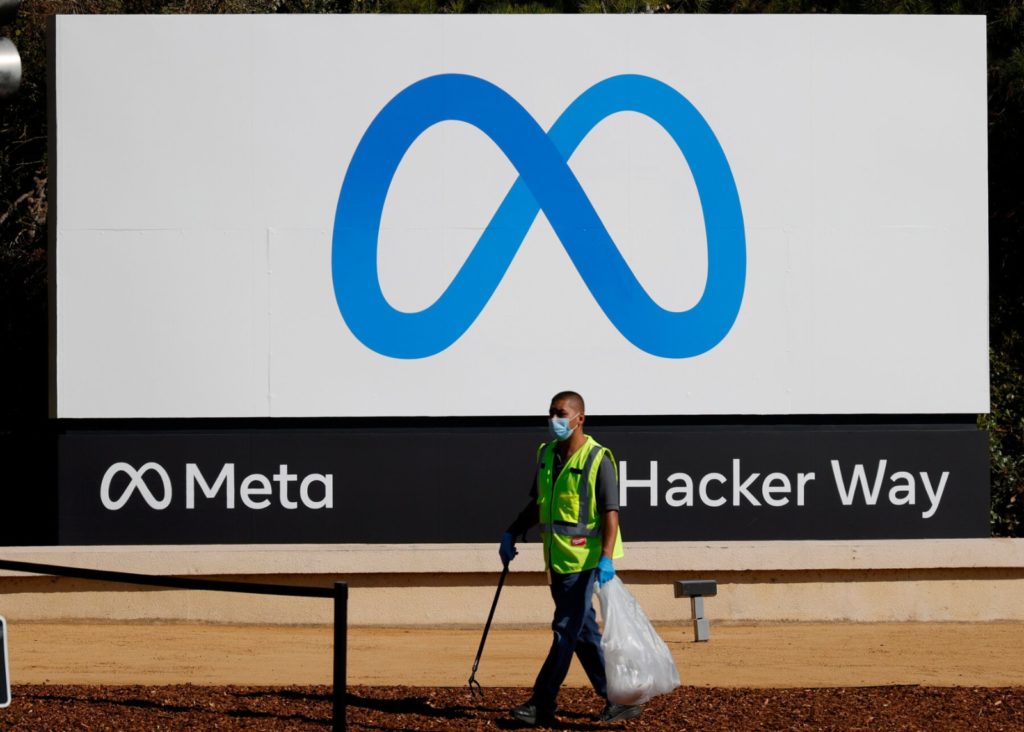The new development of Facebook’s transition to Meta has swiftly become a taboo discussion topic within the NFTfi space. While a massive amount of speculation has arisen around what this means for the future of the metaverse, it should be noted that Meta’s “future” is currently highly undefined. Marketing the development of a platform that does not yet actually exist is not an unheard-of anomaly coming out of Silicon Valley. But in a space as bleeding edge as metaverse development and in direct competition with extremely competent and robust Web3-enabled solutions such as Decentraland and The Sandbox, the future of Meta is, as it stands at the time of writing this, incredibly uncertain.
All of that being said, from my perspective, there are a few saving graces that I ultimately see as positives stemming from this particular Facebook derivative:
- First of all, the announcement of Meta has brought the concept of “the metaverse” to a broader audience than ever before. While this has presented a ton of speculation from uneducated consumers, it has also resulted in coins and obtainable assets from on-chain projects such as DCL, The Sandbox, Enjin, Somnium, etc., exponentially growing in value over the past few weeks.
- Moreso, people who were previously speculative about virtual worlds, are starting to wrap their minds around how the metaverse can serve to improve lives on a day-to-day basis. On the tail end of a pandemic where we lived and worked remotely on a global scale, improving the quality of digital workspaces has become a priority to more people. This has facilitated the further popularization of VR, AR, and XR solutions suited to more everyday use-cases.
According to Vishal Shah, Meta’s new VP of Metaverse, “Our goal is to provide a way for as many players as possible to build a business in the metaverse.” A noble goal.
- Finally, and what I’d like to discuss in more detail in this article, is the proposed integration of NFTs into Meta’s framework. According to Shah, Meta will indeed facilitate NFT transactions:
“This will make it easier for people to sell Limited Edition digital objects like NFTs, display them in their digital spaces and even resell them to the next person securely.”
Whether Meta will remain a centralized organization, the mere fact that on-chain NFTs will be able to integrate within their framework will eventually force their hand towards decentralization more than they may realize.

I believe that if the average consumer goes through the process of acquiring a virtual asset as an NFT, they will not want to go back to acquiring virtual assets that they don’t actually own. So, for instance, sheerly from a UX perspective, if a user has the option to buy two skins for their avatar, where both would cost the same amount of money to acquire, if one is an NFT and one isn’t, if they understand what that means, they will always choose the NFT.
Suppose someone is given the option of actually owning something in perpetuity versus not owning that same item and trusting in the platform or “gameworld” owning that item on their behalf. In those cases, users will quickly learn the value of storing acquired assets on-chain. Thereby, I believe that while Facebook currently intends to remain a centralized organization in potential efforts to monopolize the “metaverse space,” they will ultimately be forced into becoming more decentralized by the sheer integration of NFTs.

For sovereign beings existing within the Web3 ecosystem, decentralization is a human right. I believe, my feelings about Mark Zuckerberg aside, that this development will ultimately be a positive. To facilitate transactions, Meta has developed a crypto wallet of its own called “Novi,” which, despite pushback from US lawmakers, will eventually involve its own stable coin called “Diem.” Despite stemming from a centralized organization, this is in line with many other company’s “CeDeFi” approaches to NFTs and crypto, and ultimately makes sense as a company as large as Facebook makes its next trepidatious leaps into the metaverse.
At the tail end of NFT.NYC a few weeks back, many members of the crypto community looked at their phones in confusion at the headline from a fairly widely distributed pr newswire: “The Sandbox, a blockchain-based decentralized gaming platform, is pleased to announce its partnership with the largest social network Meta.”

So what does that mean for Meta and the Web3 space? From my perspective, Sandbox is acting as the first official Trojan horse, directly from the NFT community, into Meta’s ecosystem. While it may seem like Sandbox is providing significant value to a (currently) undeveloped ecosystem, there are some advantages for Sandbox and the Web3 community as a whole as well. People will be able to buy wearables as on-chain NFTs directly through a respected Web3 company. Once again, users will be met with the option to truly own their wearables or plots of land or to trust in a centralized organization to own on their behalf. The more instances wherein users can face this dilemma, the more I believe that people will come to their own conclusions and ultimately allow decentralization to prevail.
So if you’re feeling bad about using your Oculus, Whatsapp, Instagram, or other “Meta” product offering in light of the latest news, you’re not alone in your internal dilemma. While there is a ton of uncertainty around the future of Meta, however it proceeds will ultimately allow VR and XR tech to be pushed forwards, wider adoption of crypto and crypto wallets, and integration of on-chain staples such as the Sandbox.
I look forward to seeing which DeFi companies will ready their trojan horses next.



